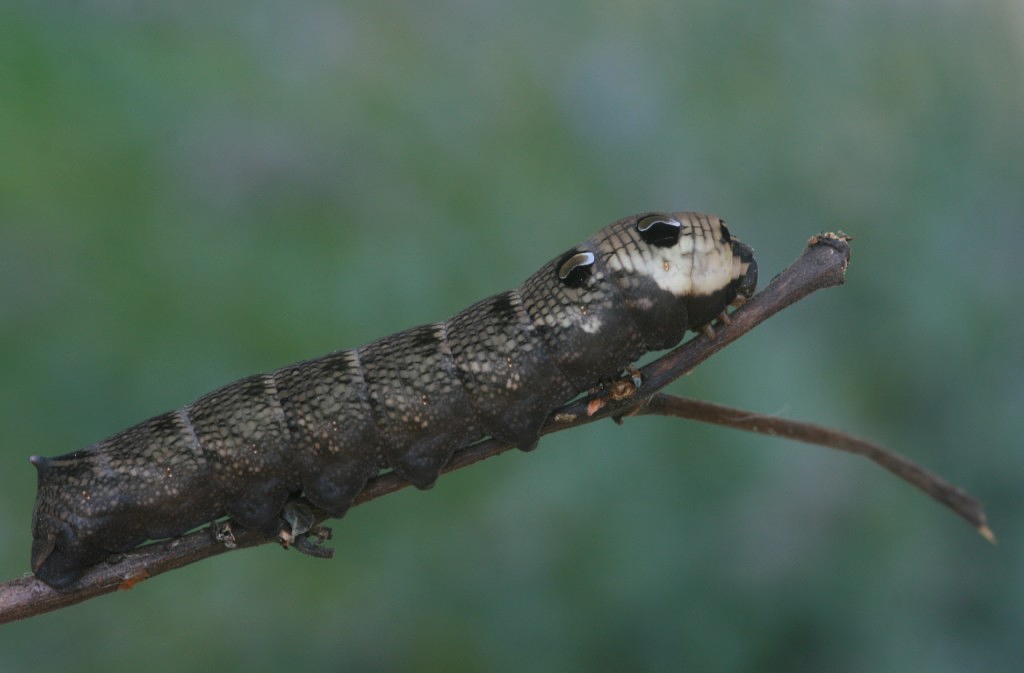The long hairs of the Brown-tail caterpillar Euproctis chrysorrhoea, the bright black and yellow stripes of the Cinnabar Tyria jacobaeae caterpillar or the distinctive snake-like appearance of the Elephant Hawk-moth larvae Deilephila elpenor are just a few of the vast variety of defence strategies displayed by lepidopteran larvae. Barry Henwood, Phil Sterling and Richard Lewington describe this mimicry in caterpillars, with a particular focus on bird dropping and snake-mimicry. Examples of these defence strategies are beautifully demonstrated by Richard Lewington in his very own illustrations.
All stages of the lifecycle of butterflies and moths are at risk of predation from a variety of animals. Larvae are particularly vulnerable because they must feed (and generally cannot be completely hidden away when they are doing this) and because many species spend a long time in this life stage. We commonly think of insectivorous birds as the key predators here, but we should add larger bats, Hedgehog Erinaceus europaeus, Mole Talpa europaea, various shrews, amphibians and reptiles, and a plethora of invertebrate predators including spiders, beetles and wasps.
